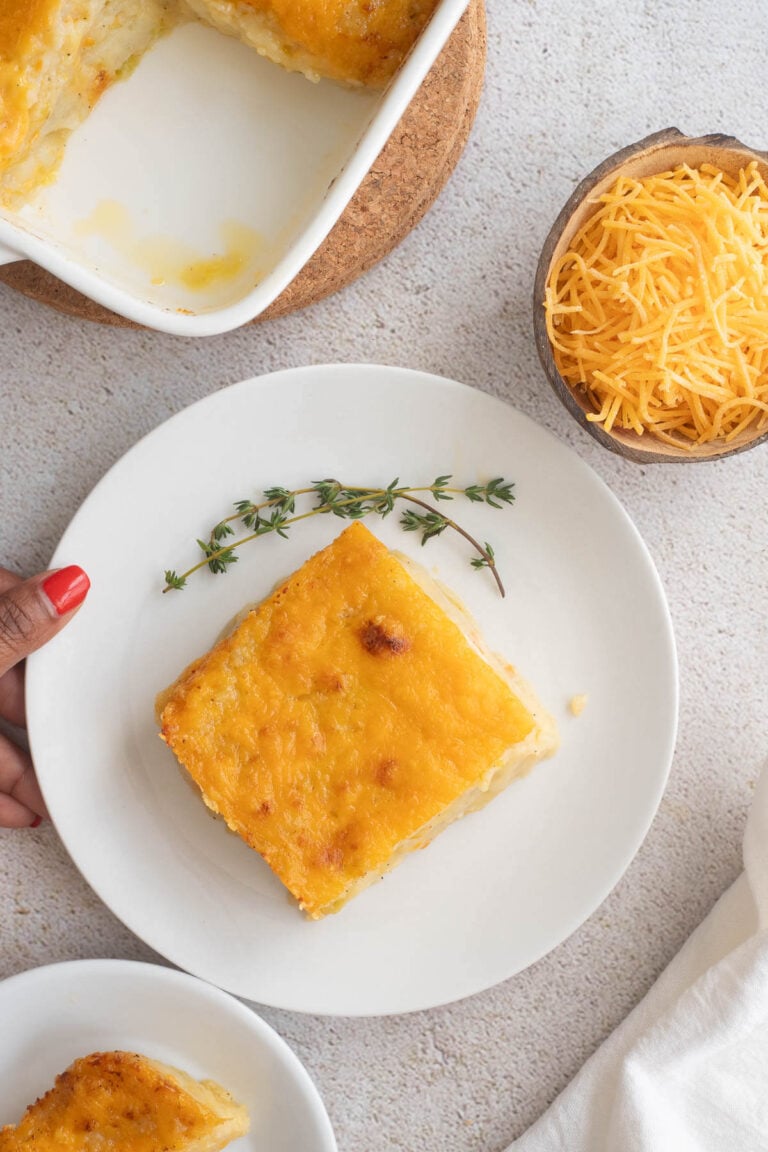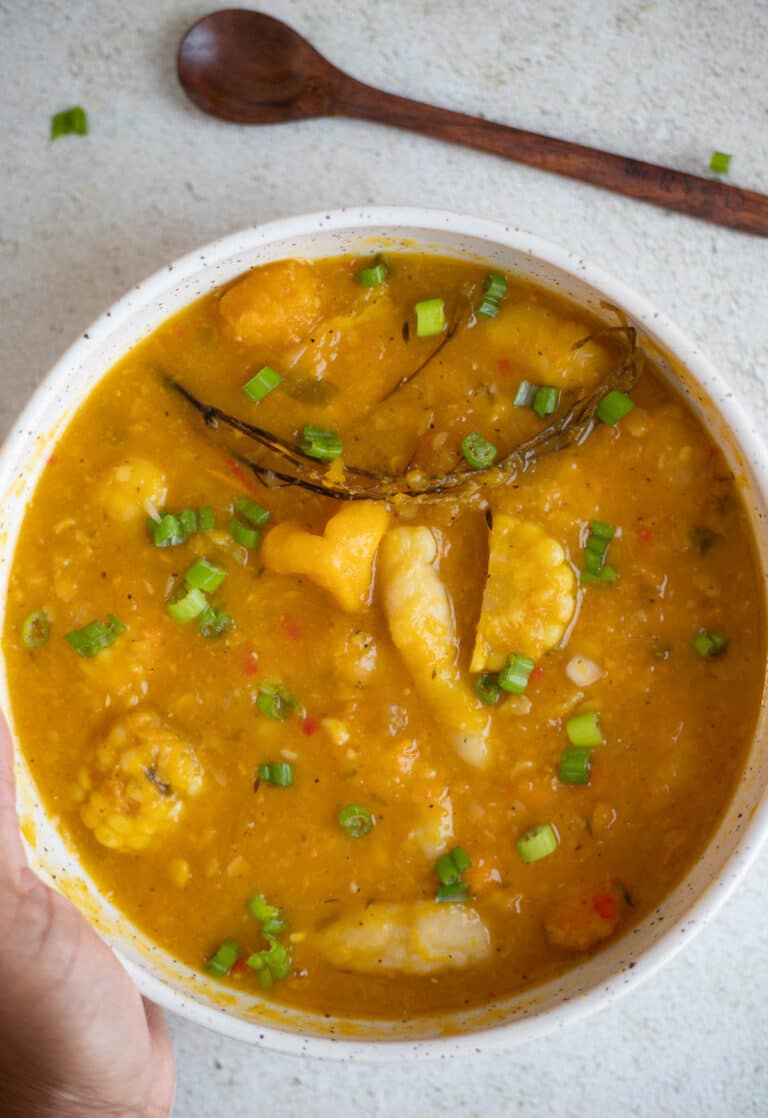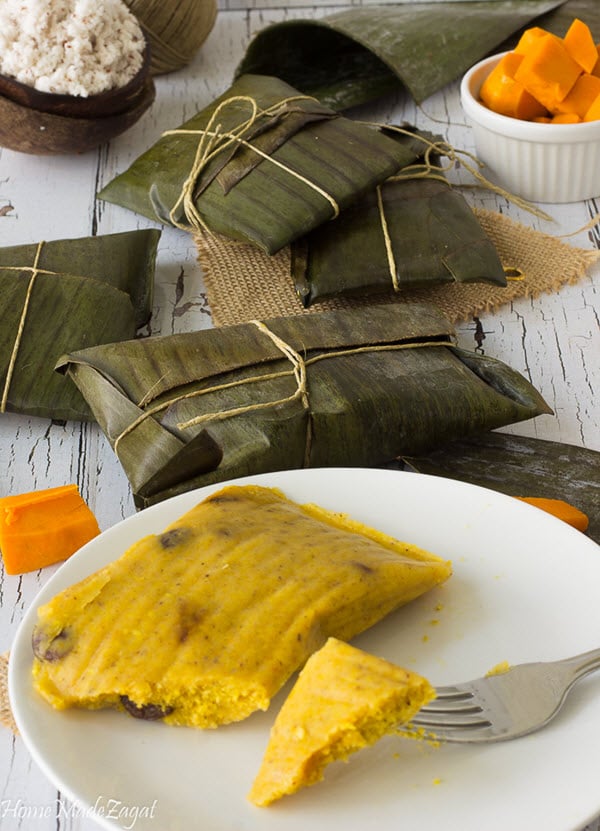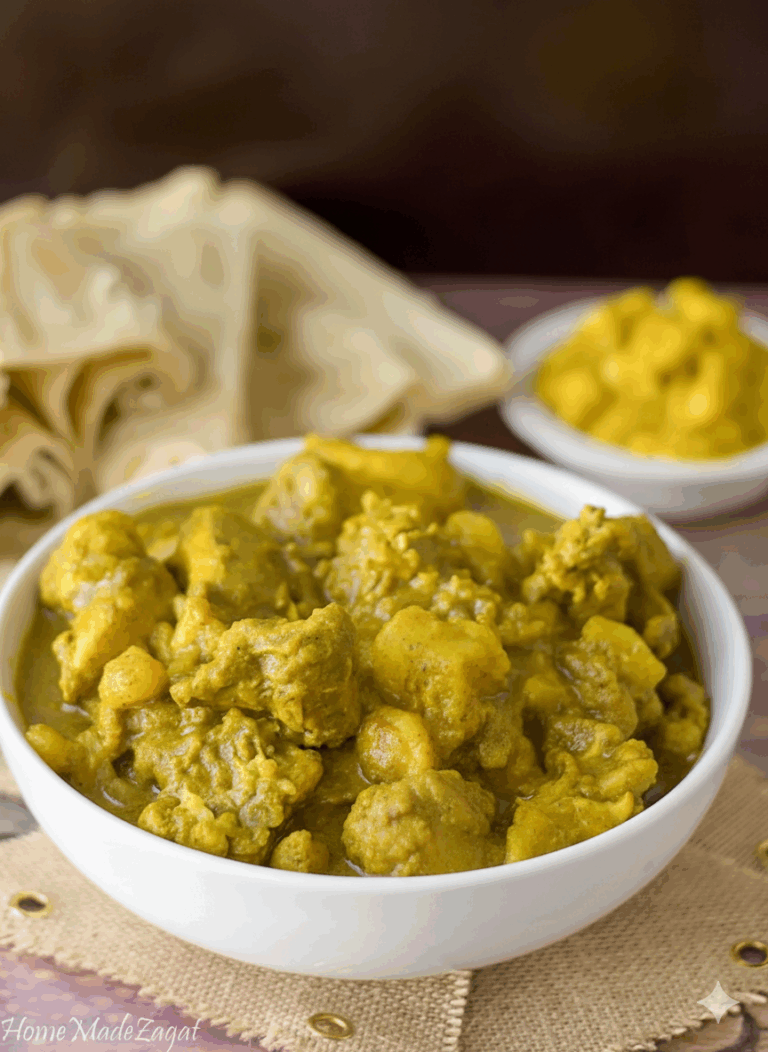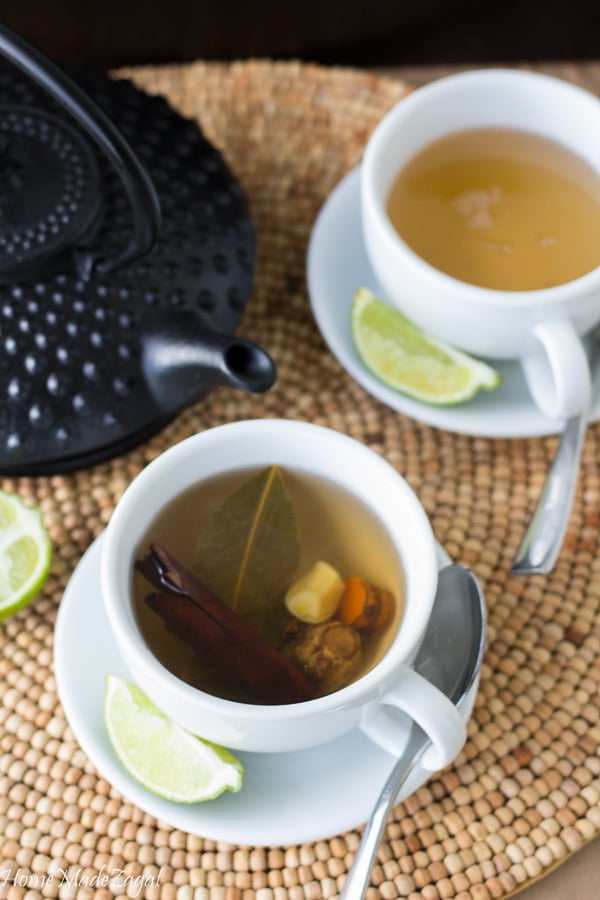Simple Trini tamarind “tambran” sauce recipe
Ask any Trini and they’ll tell you: no pholourie is complete without tambran sauce. This Trinidad tamarind sauce is sweet, sour, spicy, and downright addictive. Made with tamarind pods simmered down with sugar and pepper, it’s the kind of sauce that makes you lick your fingers after every bite.
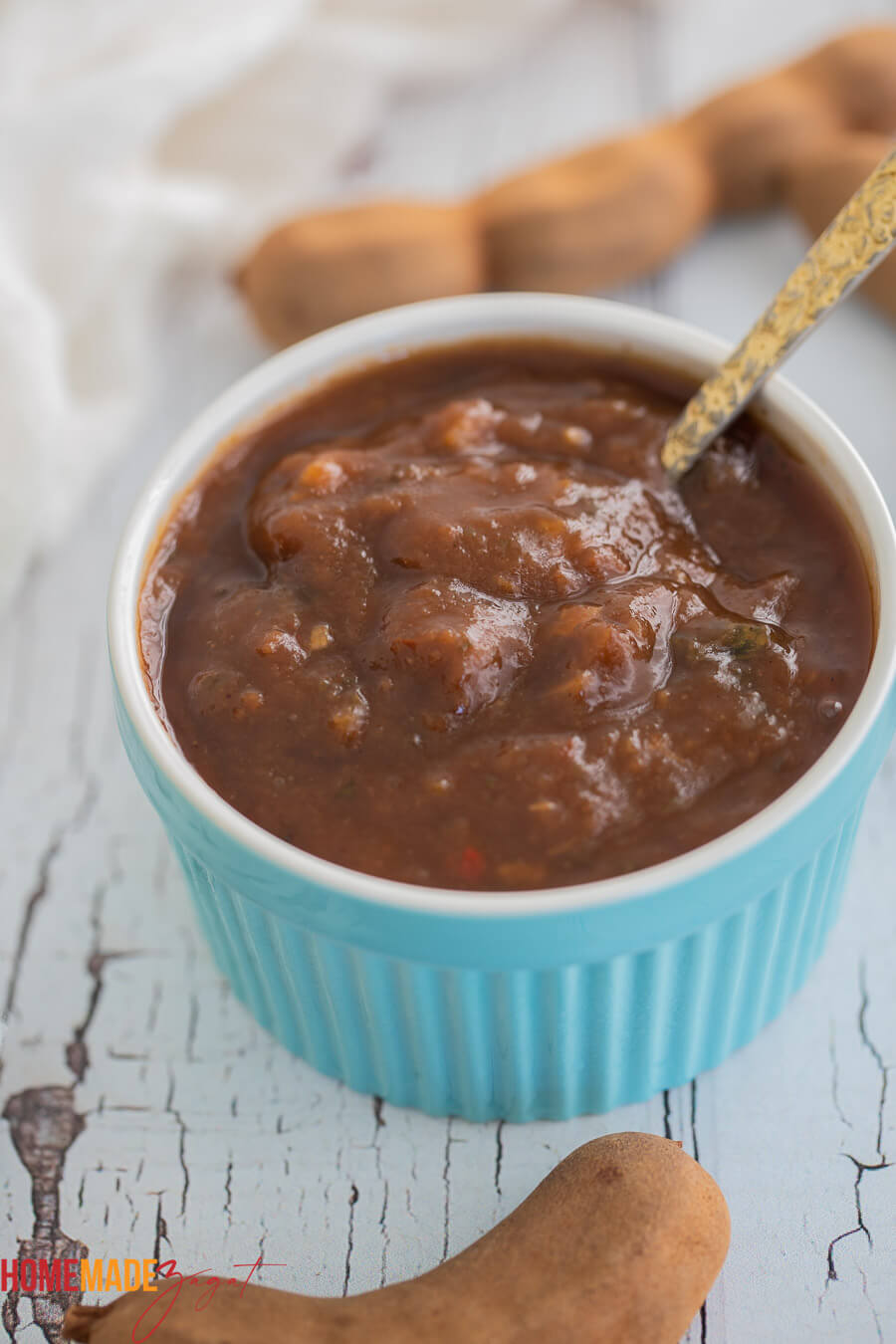
Tangy, sweet, and sour—Trinidad tamarind sauce (or “tambran sauce”) is the ultimate condiment for our street foods. Made by simmering tamarind pods with sugar, pepper, and seasonings, this versatile sauce shows up everywhere from pholourie to wings.
Today’s post is all about how to make tamarind sauce. A condiment I am most addicted to. One of the champions of sauces in Trinidad and Tobago.
This savory sauce is very multi-purpose, just like our other condiments like cucumber chutney, chadon beni sauce, mango sour, and pineapple chutney.
You will want to try this sauce on everything since it does add some great flavor to food. And you don’t even need to use a lot of it.
What is tamarind?
Tamarind, known for its tangy and sour flavor, is a popular ingredient used in many cuisines around the world. It is a fruit that grows on the tamarind tree and is also widely used in Indian and Asian dishes.
With a unique taste that adds depth and complexity to a variety of dishes, it can be found in different forms such as tamarind pulp, tamarind paste, and tamarind concentrate. Whether it is used in a sweet tamarind chutney, a savory tamarind sauce, tamarind balls, or even some tamarind juice, the flavor of tamarind is sure to elevate any dish it is added to.
How to select the best tamarind
It’s important to get some good tamarind pods for this.
When it comes to picking the best tamarind, there are a few important factors to consider.
- Firstly, look for tamarind that is fresh and plump, with shiny and smooth skin. Avoid any tamarind pods that have blemishes, bruises, or dry, cracked skin.
- You might see people mention sweet tamarinds versus sour. This just depends on what stage the fruit has been picked. The young, less ripe version is sour, while the more mature ones are sweeter and less sour. Either works. Another tip is to go for tamarind that has a sweet aroma, as this indicates its freshness and good quality
- If picking these fresh from a tree, try to find ones whose shell hasn’t cracked and allowed moisture to get inside. These can start molding and ruin your mixture.
- If no access to a tamarind tree, you can find the fruit at the Caribbean, Asian, Indian, and Latin American stores. They are sold in boxes or packets.
If you have access to an Asian grocery or an Indian grocery store, you may be able to find tamarind paste or concentrate, which is a convenient option if fresh tamarind is not available. However, if you can find fresh tamarind, it is worth the extra effort as the flavor is unmatched.
How to make Trini tamarind sauce
Ingredients
Besides getting the fruit itself, everything else listed is pretty basic things that most people have in their pantry.
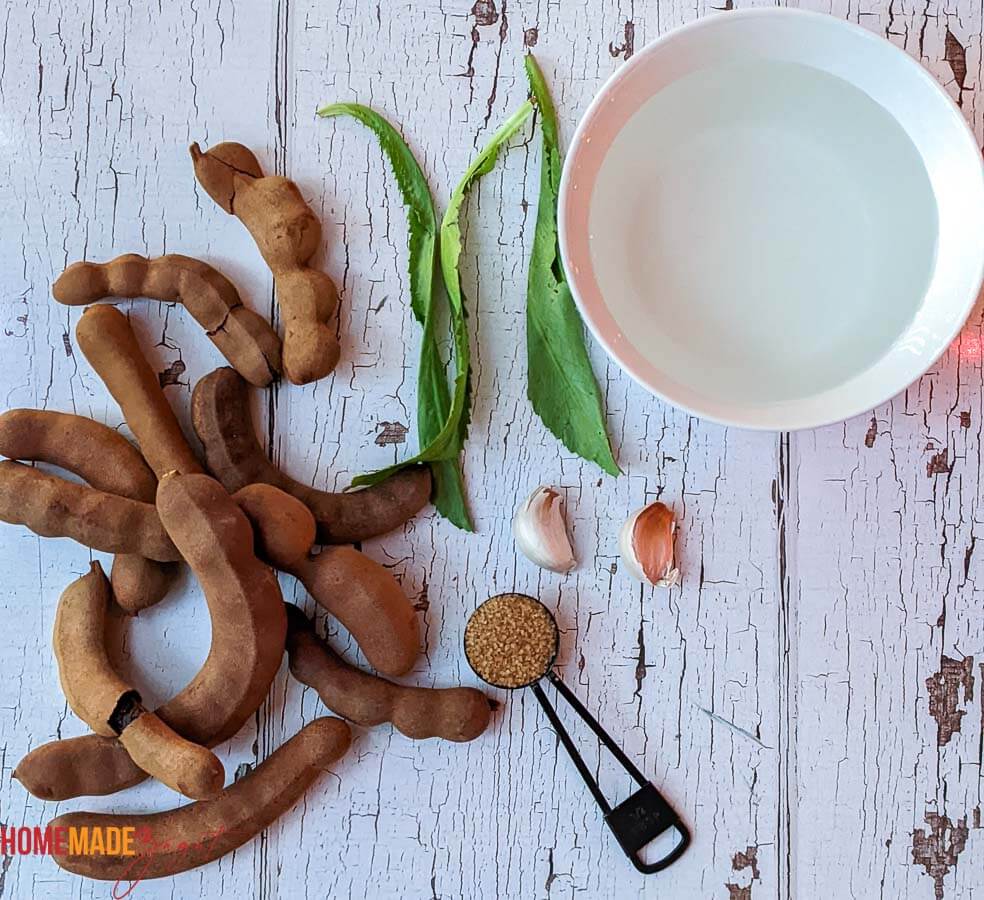
To get the best results, try to use as fresh of produce as you possibly can.
- Tamarind fruit – you can get it with or without the shell. You might also find some seedless tamarind, which can also be used.
- Sugar – You’ll need some sweetness to balance out the tartness of the tamarind. Brown sugar is commonly used, but you can also opt for alternatives like jaggery powder or palm sugar for a unique twist. The sweetness not only complements the sour taste of the tamarind but also helps to thicken the sauce as it cooks.
- Scotch bonnet pepper – The pepper is a crucial ingredient in tamarind sauce, as it adds both heat and flavor to the dish. This small, fiery pepper originates from the Caribbean and is known for its intense spiciness. You can also use any other hot pepper you have. If you want it extremely hot, you can include the seeds and membrane.
- Garlic cloves – To elevate the flavors of your tamarind sauce, don’t forget to incorporate cloves of garlic into the mixture. Garlic adds a delicious savory kick that complements the tangy and sweet notes of the tamarind.
- Chadon Beni – Incorporating leaves of chadon beni into the tamarind sauce elevates the dish, providing a delightful combination of tangy, sweet, and savory notes. The aromatic qualities of chadon beni not only enhance the taste of the sauce but also make it more appetizing and enticing.
Equipment (These are affiliate links):
Instructions
Making tambran sauce (or chutney, depending on how you serve it) is simple once you get past the shelling part. Here’s how I do it:
1. Shell the tamarind pods.
If you’re using fresh tamarind with the shell on, crack the outer shell carefully and peel it off. Try to keep the mess minimal—no need to break it into a million pieces. Remove the veins and stringy bits too.
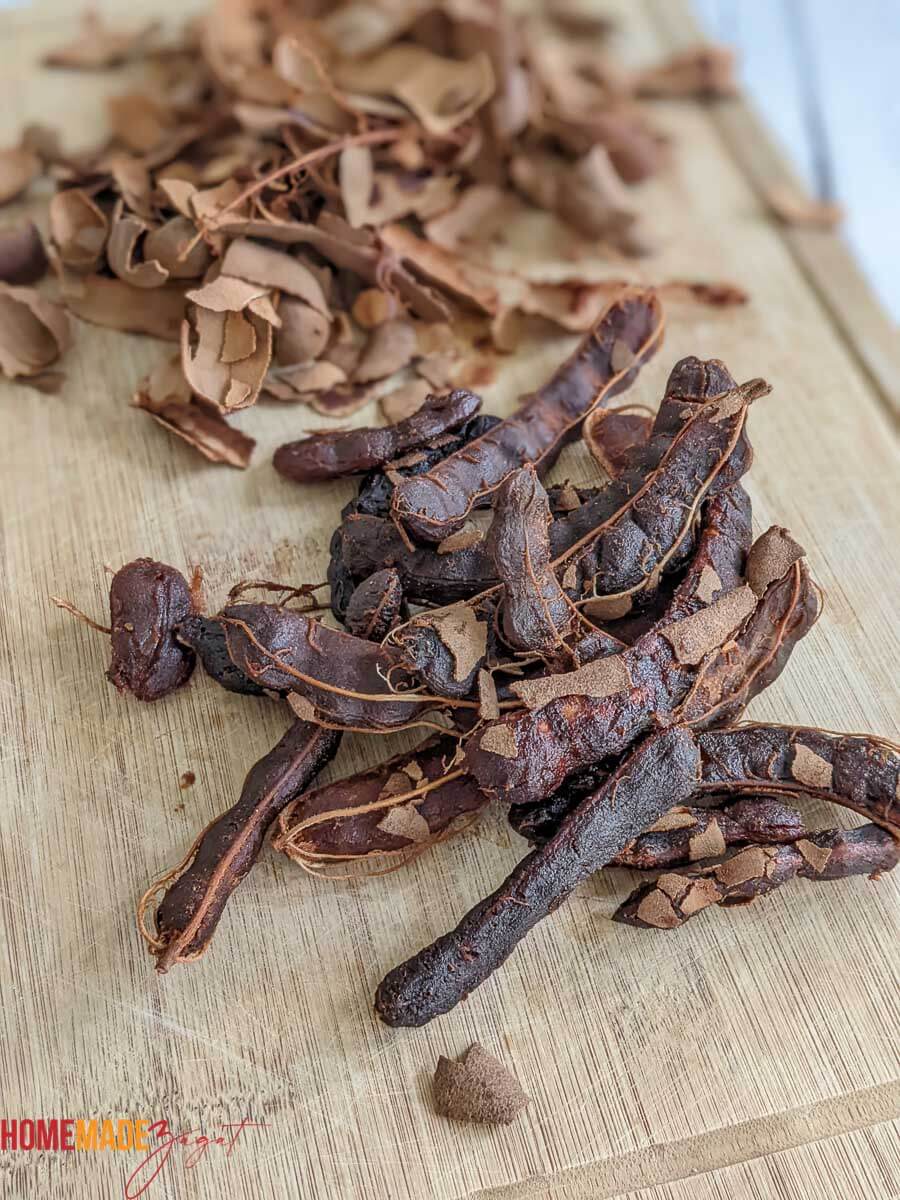
2. Clean up the pulp.
Give the tamarind a quick rinse to wash off any bits of leftover shell. Examine the pulp and make sure it’s clean—no hidden shell pieces, please!
3. Boil the tamarind.
Add the cleaned tamarind to a heavy-bottomed pot with water. Bring it to a boil over medium-high heat, then reduce to a low boil. Stir occasionally and press down on the tamarind as it cooks. A potato masher works great here to help break it down.
4. Separate the pulp from the seeds.
Once the tamarind softens and breaks down into a paste, remove the seeds and any tough membrane bits. I like using two spoons to help separate the pulp—check out my tip on that in the post
5. Mash the seasoning.
Using a mortar and pestle (or food processor), mash together the pepper, garlic, and chadon beni. I like to chop them up first to make the pounding easier. Want more heat? Leave in those pepper seeds!
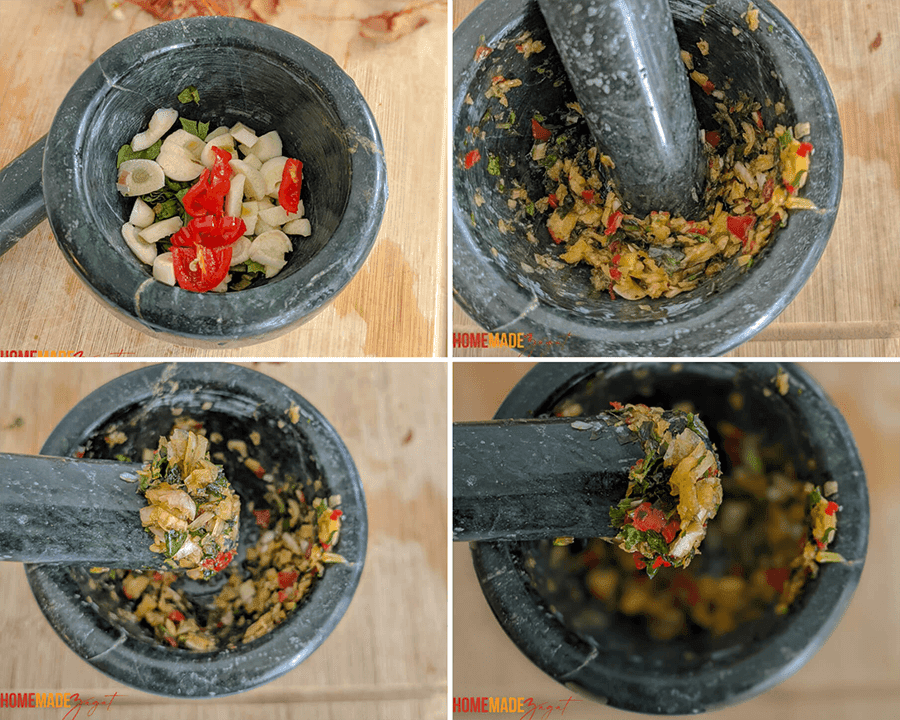
6. Combine and adjust.
Add the mashed seasoning and sugar to the tamarind pulp and mix everything well. Taste and adjust—tambran can be seriously sour depending on the batch, so feel free to add more sugar or a little hot water until it hits the sweet-heat-sour balance you love.
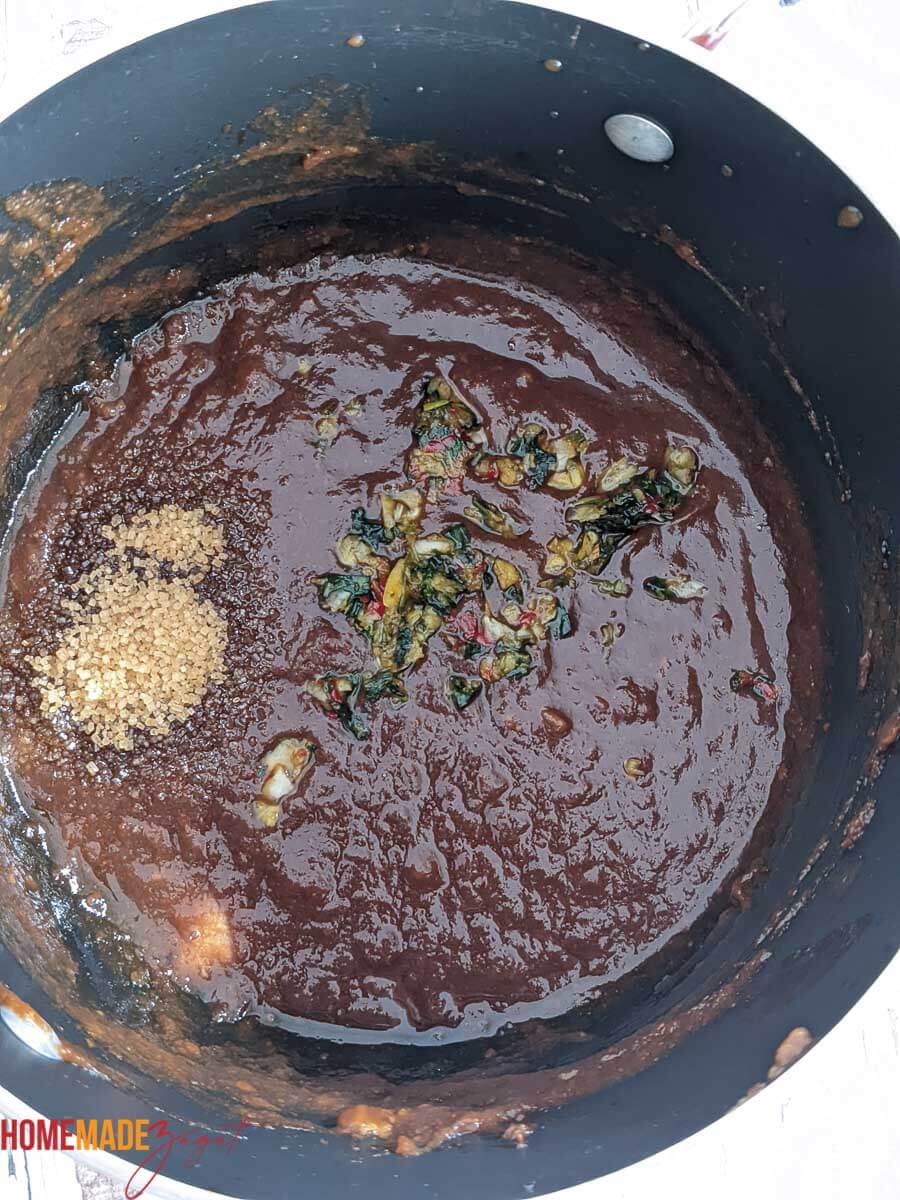
7. Cool and store.
Let the sauce cool completely, then transfer it to a clean, sterilized jar. Pop it in the fridge and pat yourself on the back—you just made your own tambran sauce from scratch
Tips and Tricks
Simmer until just right:
Let the sauce simmer until it thickens and the flavors come together. If it’s too thick, slowly add warm water just a little at a time, until you get the texture you like. Too thin? No stress. Put it back on the stove and let it reduce on a low boil.
Soak tamarind first:
After years of making this, I’ve learned it helps to soak the tamarind in hot water for at least 30 minutes first. It softens the pulp and makes it way easier to separate from the seeds.
Seed removal trick:
I like using a slotted spoon and a regular spoon combo. Scoop some pulp into the slotted spoon, then press down with the other spoon to push the flesh back into the bowl. Less mess than cheesecloth or sieves! If you find seedless tamarind—bonus.
No chadon beni?
You can sub with cilantro, but double up since the flavor is milder. You can skip it if you must, but it really does bring that signature Caribbean kick.
Shells stuck to the pulp?
That usually happens when the shell cracks too much. Instead of squeezing, try tapping the shell with a spoon and peeling it off gently. Fewer tiny bits to pick out later.
Need a bigger batch?
This recipe scales up beautifully. Just double or triple the ingredients as needed.
Want more spice?
Amp up the flavor with extras like grated ginger, ground cumin, chili powder, or even a pinch of garam masala for a warm twist.
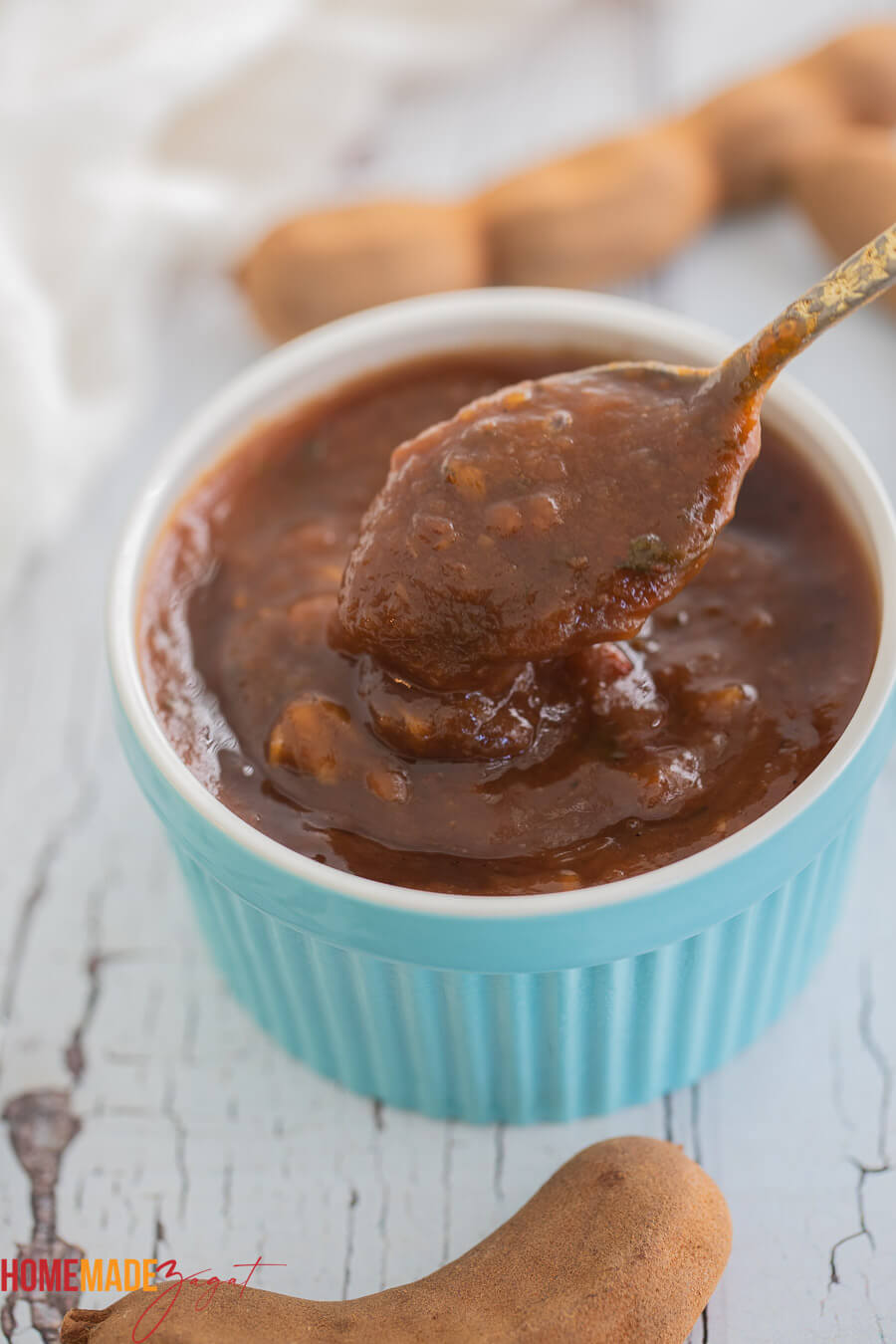
More kitchen staples:
- How to make green seasoning
- How to make pepper sauce
- How to make coconut milk
- How to make jerk seasoning paste
Frequently Asked Questions
How to store tamarind sauce?
Once you’ve made that sweet-and-tangy goodness, let’s make sure it lasts.
First, let the sauce cool completely. Then transfer it into a clean glass jar that has a tight-fitting lid. I love using mason jars (my fridge always has a few chilling, usually with mango chutney on standby too).
Store the jar in the fridge, and it’ll keep well for up to 3 months—as long as you treat it right. That means always using a clean, dry spoon to scoop some out (no double-dipping or wet spoons, please) and making sure the lid is sealed tight after every use.
Types of tamarind options
You’ve got options when it comes to making tambran sauce—so don’t worry if you can’t find fresh pods.
- Fresh tamarind pods – This is what I use in the recipe. You crack open the pods, soak and strain to get that thick tangy base.
- Tamarind pulp – Found in blocks at many Caribbean or Asian grocery stores. Soak it in warm water for about 30 minutes, then strain to remove the seeds and fibers. Easy and still gives great flavor.
- Tamarind concentrate – This is the shortcut version. It’s stronger in flavor, so you’ll need to dilute it with water (follow the package directions). Perfect if you’re short on time.
No matter which you choose, you’ll still end up simmering that tamarind with water, sugar, and spices to make the sauce just right.
What to eat with Trinidad tamarind sauce?
As I mentioned, this can be used as a dipping sauce or as a serving sauce.
It complements a good:
- Pholourie
- Accra.
- And a great serving sauce with some aloo pies
- Roasted chicken.
And don’t forget wings. Ever had some delicious tamarind wings?
Let me know in the comments. And if you have used this recipe please give me a star rating below in the recipe card.
Recipe

Trini Tamarind Sauce
Ingredients
Method
- Remove veins from the shelled tamarind as best as you can. Rinse with water to remove any loose shell pieces.
- In a mortar and pestle, mash together the garlic, scotch bonnet, and chadon beni.
- Add cleaned tamarind and 2 cups of water to a saucepan. Bring to a low boil and cook for about 20 minutes, until the pulp separates from the seeds. Add more water if needed.
- Use a potato masher to help separate the pulp. Remove seeds using a spoon or sieve.
- Adjust water if needed to reach your desired consistency — not too thick, not too watery.
- Add mashed spices, brown sugar, and salt. Stir well.
- Taste and adjust sugar or water as needed.
- Let the sauce cool completely and store in an airtight container in the fridge.
